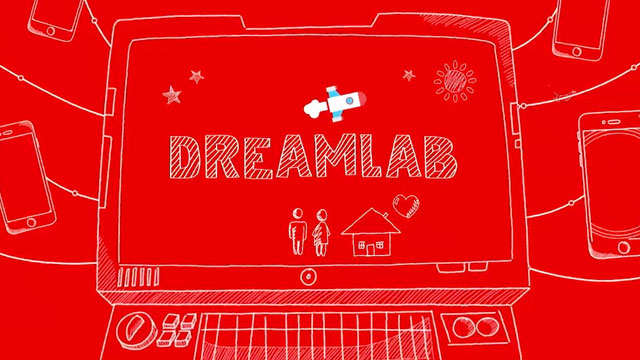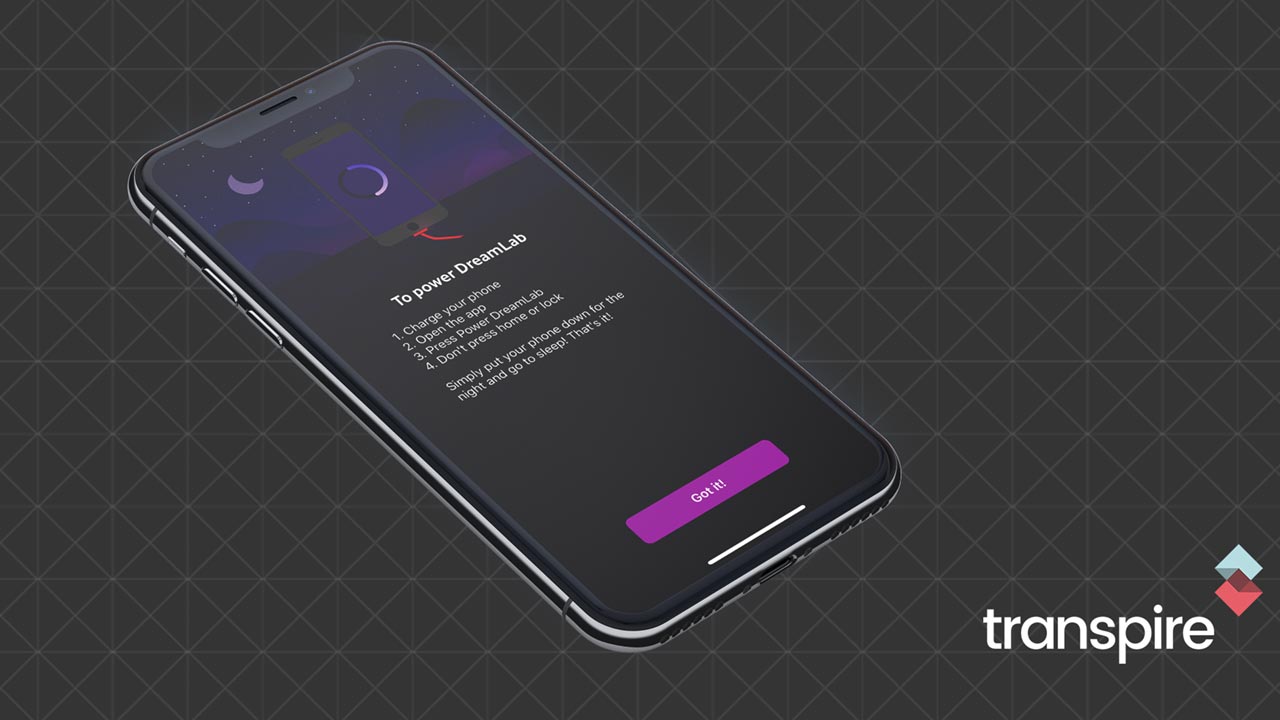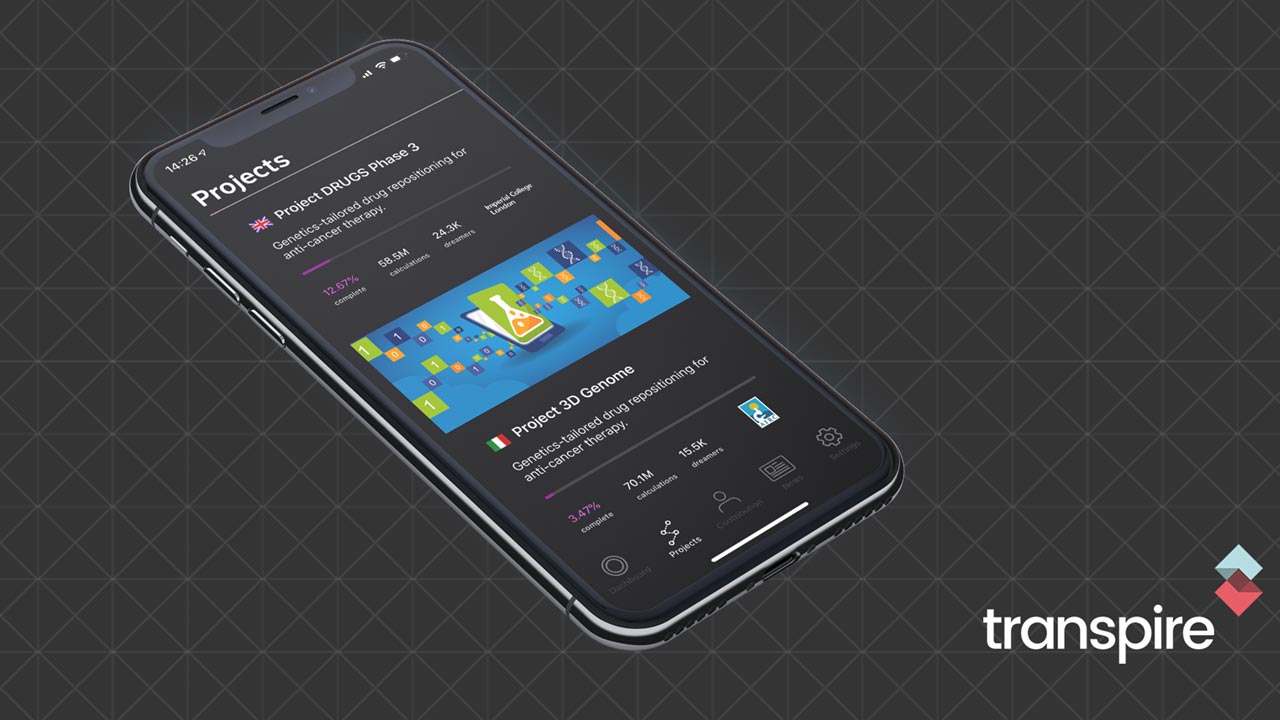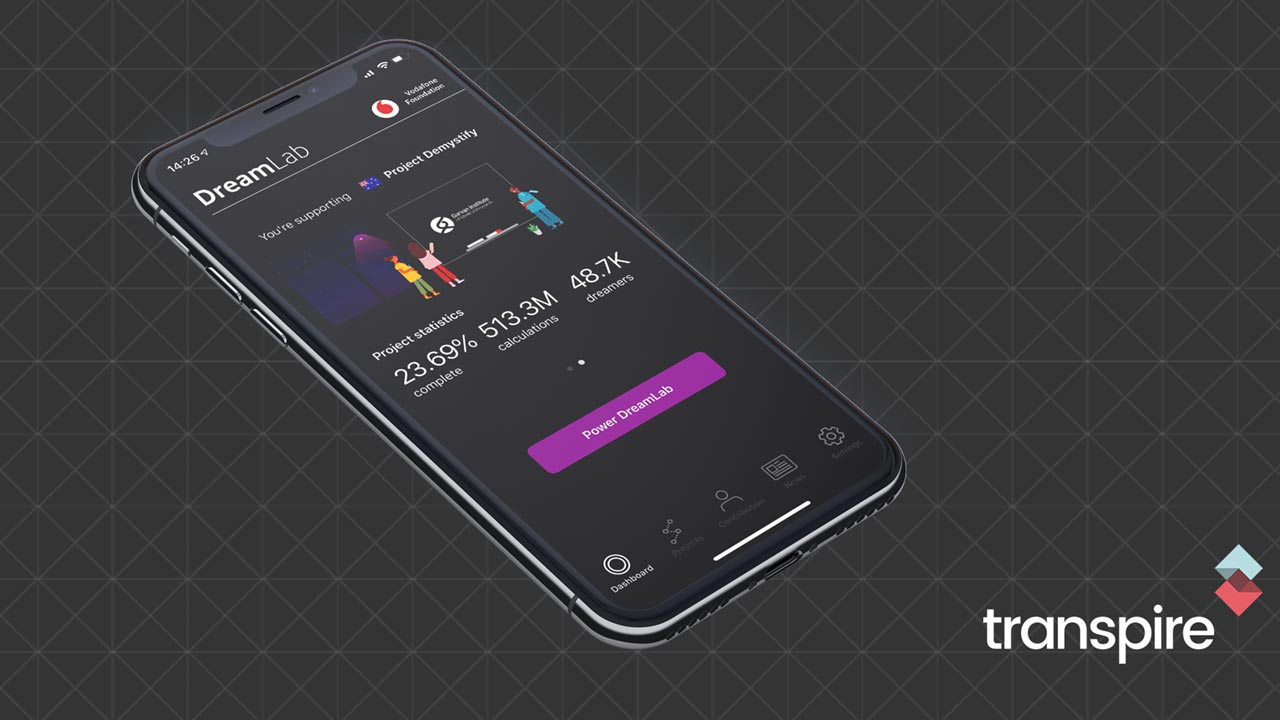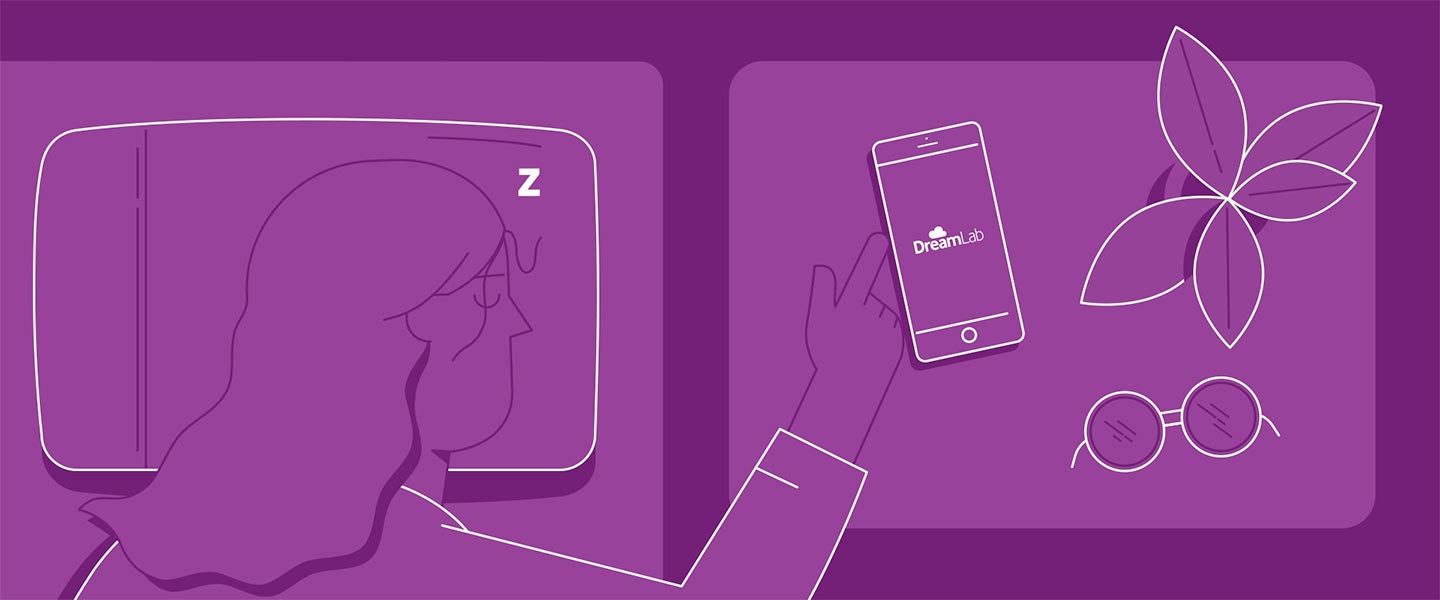Quantitative research with Vodafone customers and qualitative research with employees was conducted in order to test attitudes towards the concept, app experience, storyboard design and promotional materials.
These insights were crucial for the subsequent app development. For example, both the app walkthrough and the promotional materials proactively addressed concerns that were identified through this research.
One of the main goals of the project was to create an experience where making a meaningful contribution to cancer research was as simple as possible. We also wanted to ensure that concerns of draining battery life by using the phone\’s CPU were addressed.

